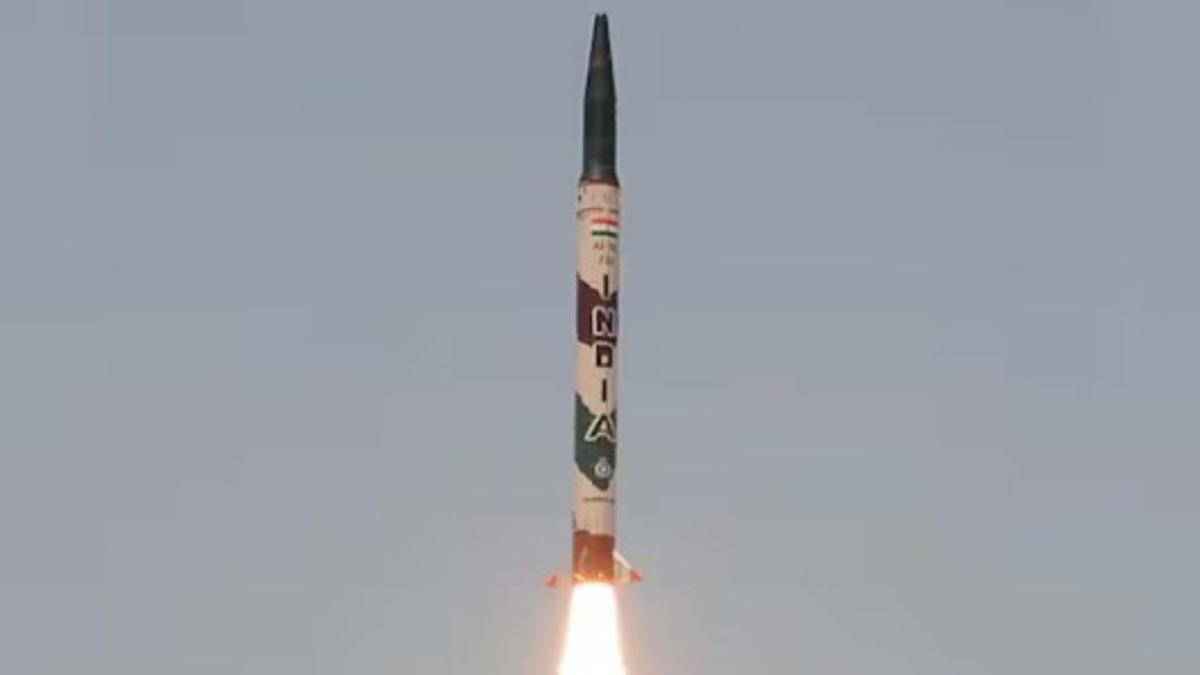After Akash Prime triumph, India flexes its nuclear muscles with Prithvi-II, Agni-I missiles

A few days after the indigenously developed Akash Prime medium-range surface-to-air missile (SAM) system showed its might at an altitude above 4,500 metres, destroying two aerial high-speed unmanned targets in Ladakh, nuclear-capable short-range ballistic missiles Prithvi-II and Agni-I were successfully test-fired, demonstrating India's strategic deterrence capabilities.
Capable of carrying a payload of up to 500 kgs—both conventional as well as nuclear warheads—Prithvi-II missile has a range of around 350 kms, while the single-stage, solid-fueled Agni-I missile has a range of 700-900 kms and can carry a payload of 1,000 kgs.
ALSO READ: Akash Prime proves its might! India's air defence against Pakistan, Chinese missile threats just got stronger
Both these short-range ballistic missiles were successfully test-fired from the Integrated Test Range in Chandipur, Odisha, by the elite Strategic Forces Command, responsible for controlling and administering India's tactical and strategic nuclear weapons stockpile. “The launches validated all operational and technical parameters,” the defence ministry stated in a brief statement, without elaborating further.
On Wednesday, the Akash Prime, the new variant of the Akash Weapon system, equipped with the latest upgrades, including indigenously developed Radio Frequency (RF) seeker, was successfully test-fired as part of First of Production Model firing trial. Complimenting the Indian Army, DRDO, and the industry over the achievement, Defence Minister Rajnath Singh said this will be a significant boost to India’s Air Defence capabilities, particularly for meeting high-altitude operational requirements.
Defence